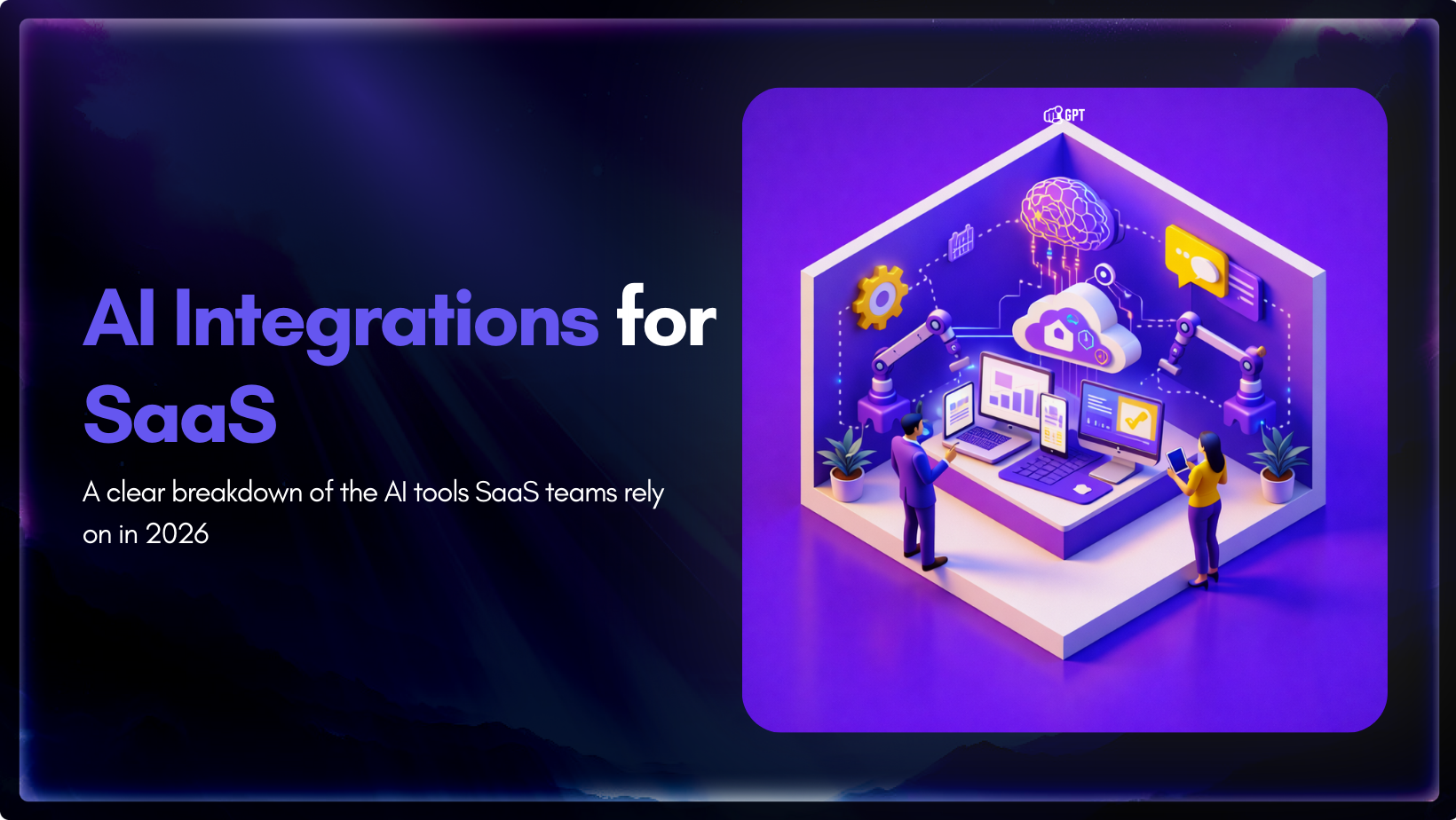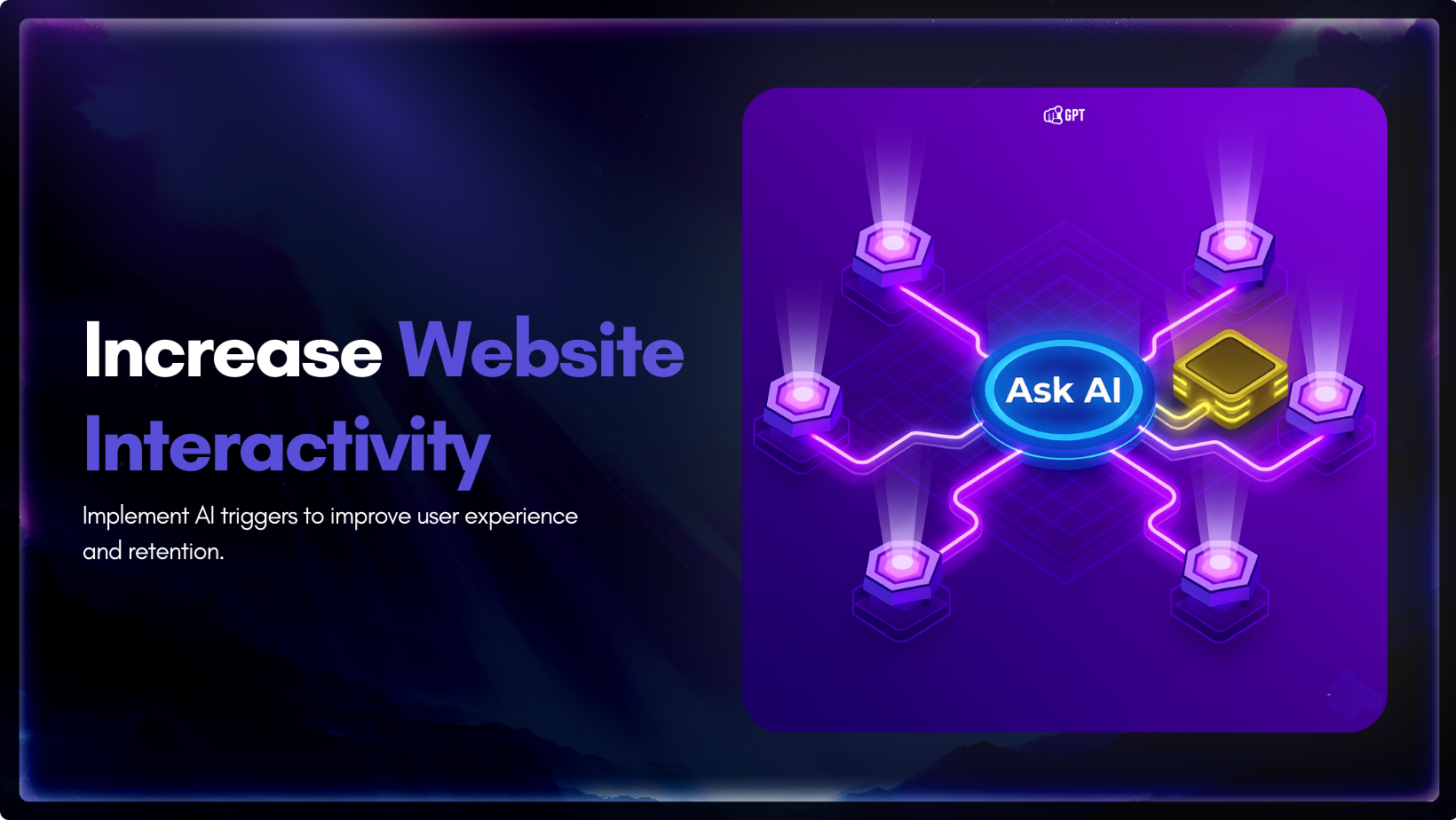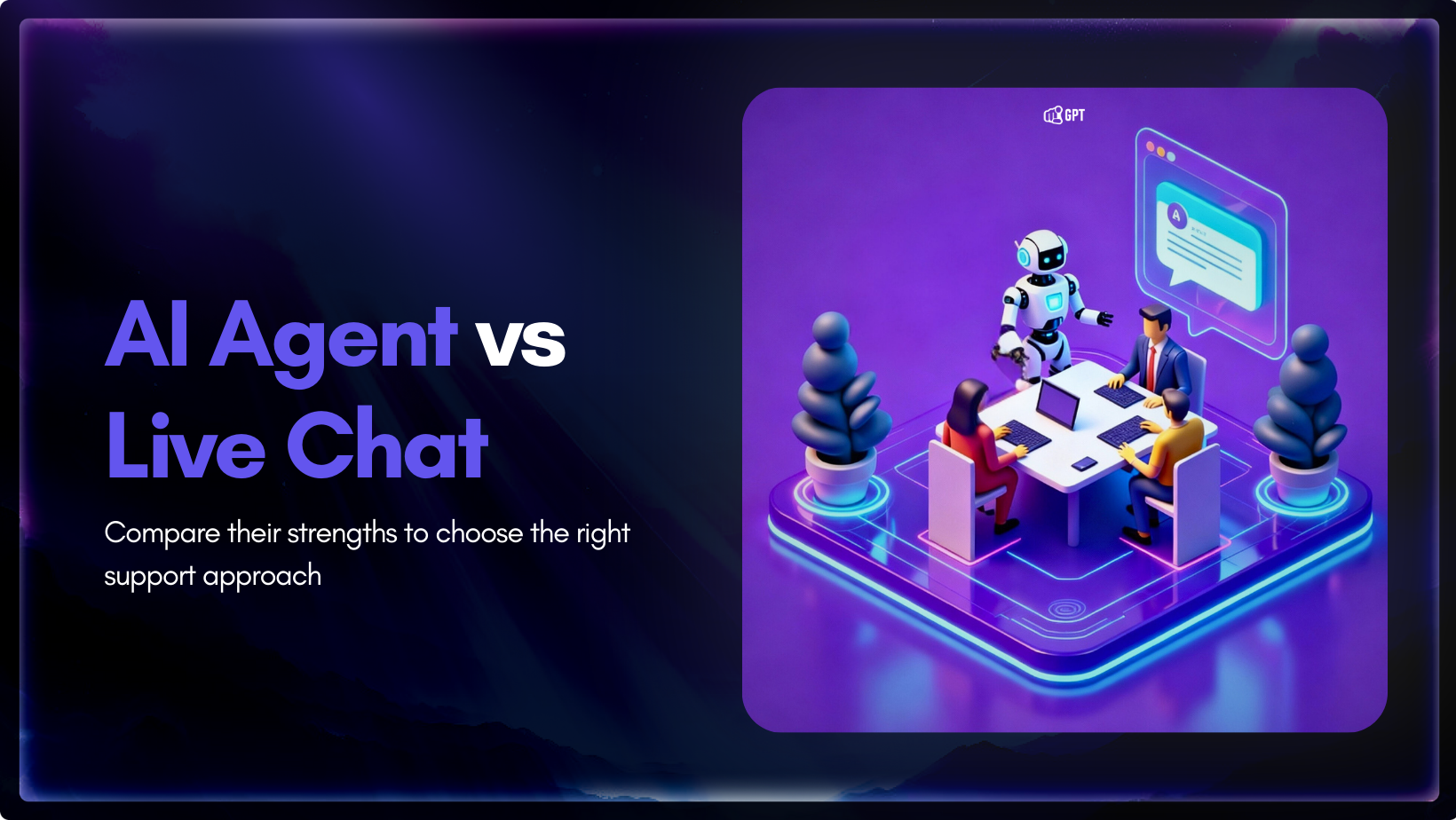Reinforcement Learning from Human Feedback [RLHF]: Explained


![Reinforcement Learning from Human Feedback [RLHF]: Explained](https://s3.us-east-2.amazonaws.com/assets.yourgpt.ai/content/uploads/2024/09/28094445/RLHF.jpg)
Artificial intelligence (AI) is making impact all over the world and Reinforcement Learning from Human Feedback (RLHF) is one of the fundamental developments that pushed that change.
This paradigm enhances machine learning models by using human insights, ensuring that AI systems perform tasks effectively while aligning with our values and expectations.
Understanding RLHF is important for understanding how modern AI systems are becoming simpler and more reliable.

Reinforcement Learning from Human Feedback (RLHF) is a technique that combines traditional reinforcement learning with human input to train AI models. Unlike standard reinforcement learning, which depends only on predefined rewards, RLHF uses feedback from humans to guide the AI’s learning process. This ensures that the AI not only completes tasks efficiently but also follows guidelines and aligns with user preferences.
For example, Training a home assistant robot with traditional reinforcement learning, the robot would follow strict rules to perform its tasks. However, using RLHF, the robot learns from our feedback, making its actions better suited to our specific needs and preferences.
To understand RLHF, we need to know the basics of reinforcement learning and how human feedback influences it.
Reinforcement Learning (RL) involves training an agent to make a series of decisions by rewarding it for desirable actions. The main components include:
The agent’s goal is to maximize cumulative rewards over time by learning the best actions to take in various states.
If you’re interested in how AI systems interact in different environments, check out how AI agents are deployed on websites.
While RL is effective, defining a clear reward function for complex tasks can be difficult. Human feedback addresses this by providing nuanced insights that guide the agent’s learning. In RLHF, humans evaluate the agent’s actions or outputs and provide feedback, which the system uses to adjust its behavior.
Types of human feedback include:
This collaboration ensures the AI aligns with human values and handles tasks that are hard to define with simple rules.

Implementing RLHF involves several steps that integrate human feedback into the reinforcement learning framework.
The process begins with gathering high-quality human feedback:
For more insights on how feedback is gathered and used, you can explore how chatbot analytics optimize performance.
Effective data collection is crucial, as the quality of human feedback directly impacts the AI’s performance.
After collecting feedback, the next step is to create a reward model that the AI can use to evaluate its actions:
A robust reward model is essential for guiding the AI towards desired behaviors.
With the reward model in place, the AI can now optimize its policy, which is its strategy for choosing actions:
Policy optimization ensures the AI improves its performance over time.
RLHF is an ongoing process involving:
This cycle allows the AI to adapt and improve continuously, staying aligned with human needs.

RLHF is used in various domains to improve AI systems. Here are some key applications:
Chatbots/virtual assistants interact with users, providing information and support. RLHF makes these interactions more natural and effective.
ChatGPT uses RLHF to refine its conversational abilities including the multi-lingual capabilities of chatbot:
In robotics, RLHF enables machines to perform complex tasks with greater precision and adaptability.
Use Case: Collaborative Robots (Cobots)
Cobots work alongside humans in settings like manufacturing:
Benefits:
RLHF is transforming healthcare by supporting clinical decisions, personalized treatments, and patient care.
AI systems in radiology help doctors analyze medical images more accurately:
In autonomous vehicles, RLHF contributes to developing safer and more reliable self-driving systems.
Waymo uses RLHF to enhance its autonomous driving technology:
In gaming, RLHF enhances the development of intelligent agents that interact more naturally within virtual environments.
In role-playing games, AI Dungeon Masters create engaging storytelling experiences:
Our AI Chatbot uses RLHF to continuously enhance its performance and user experience. Here’s how we have implemented this technology:
We have built a robust feedback system for our users, or chatbot members, allowing them to interact and improve the AI effectively:
YourGPT Chatbot also uses Supervised Learning with Human Feedback to enhance its functionality. Here’s how we’ve incorporated this method:
By combining RLHF and Supervised Learning, YourGPT Chatbot consistently improves its performance to deliver users a smooth and engaging experience.
RLHF offers several advantages but also presents certain challenges that need to be addressed for effective implementation.
| Benefit | Description |
|---|---|
| Alignment with Human Values | Ensures AI behaviors reflect ethical standards and user preferences, building trust. |
| Enhanced Performance | Incorporates nuanced human insights, improving AI effectiveness in complex tasks. |
| Adaptability | Creates AI systems that adjust to dynamic environments and evolving requirements. |
| Reduced Bias | Diverse human feedback helps identify and mitigate biases, promoting fairness. |
| Improved User Experience | Aligning AI actions with user expectations leads to more satisfying interactions. |
| Ethical Safeguarding | Integrates ethical considerations directly into the AI’s learning process, minimizing harmful behaviors. |
| Challenge | Description |
|---|---|
| Scalability | Collecting and processing extensive human feedback requires significant time and resources. |
| Quality Control | Ensuring consistent and reliable human annotations is challenging due to variability in human judgment. |
| Complex Reward Modeling | Translating qualitative feedback into effective reward signals demands sophisticated techniques. |
| Feedback Diversity | Ensuring feedback represents a wide range of perspectives to avoid narrow or biased AI viewpoints. |
| System Integration | Incorporating RLHF into existing AI frameworks can be technically demanding. |
| Cost and Resource Allocation | Continuous human feedback can be expensive, especially for large-scale applications. |
Addressing these challenges is import for successfully implementing RLHF across various sectors.
For a deeper dive into how RLHF reduces bias, check out our blog on AI hallucinations.
The future of RLHF looks promising, with several developments on the horizon that aim to make AI systems even more aligned with human values and capable of handling complex tasks. Here are some anticipated directions:
These future directions aim to enhance RLHF’s effectiveness, accessibility, and ethical grounding, solidifying its role in the advancement of AI technologies.
Reinforcement Learning from Human Feedback (RLHF) is changing how we develop AI by using human insights in training. This helps AI systems perform tasks well while following ethical standards and user preferences.
Another useful approach is Reinforcement Learning from AI Feedback (RLAIF), which uses insights generated by AI to boost performance. Together, RLHF and RLAIF can create stronger training processes that better meet user needs and societal values.
Although challenges like scalability and quality control still exist, ongoing research aims to solve these problems. For businesses and professionals looking to make the most of AI, understanding and applying RLHF and RLAIF techniques is important. This will help create powerful and trustworthy AI systems that align with the values.
Looking ahead, we can expect new and better approaches in AI development. These advancements will help ensure that AI benefits society responsibly and ethically.
Join thousands of businesses transforming customer interactions with YourGPT AI
No credit card required • 7 days access • Limited time offer

AI has become a core part of how modern SaaS products are built and delivered. In 2026, customers expect intelligent assistance to be available throughout their journey, from onboarding and everyday product usage to support and account management. Inside SaaS teams, AI is increasingly used to speed up workflows, reduce repetitive tasks, and improve how […]


Shopify stores often use a chatbot on their website to handle product questions, order updates, and support. But customers also message on WhatsApp expecting the same quick answers. Most of them already use WhatsApp throughout the day, so reaching out there feels natural. A chatbot that works across both channels responds in seconds, guides purchase […]


Most businesses do not struggle to generate leads. They struggle to know which ones are worth acting on. Forms get filled, DMs arrive, emails are opened, and chats happen across multiple tools. Some prospects convert. Most do not. The real problem is that there is no reliable way to tell, early enough, which signals actually […]


Artificial Intelligence has advanced quickly over the past five years, moving from an experiment to a standard component of modern business. AI has become a central part of enterprise strategy. 88% of organizations are now using AI. This figure has increased from 78% the year before. This transformation is reshaping how companies run, communicate, and […]


You invest time writing your website copy. You explain features, pricing, and how everything works. The information is there. Still, some visitors leave without clarity, and small gaps in understanding often stop them from moving forward. This happens because a static page cannot adjust to what they want at that moment. They skim a section, […]


AI agent and live chat each play a different role in customer support, and the choice between them influences how a team handles growth. Companies are moving toward faster support models, and one clear trend is the use of AI to reduce operating costs by up to 30%. The difference shows up when ticket volume […]
